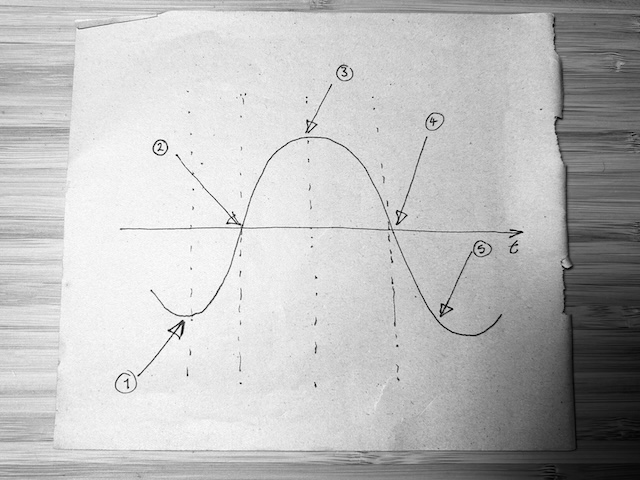I am sharing today a schedule I use in my work every time the noise from distractions gets too much and/or I don’t actually think I am making any progress in what I do. It was inspired by reading ‘The Secrets of Productive People’ by Mark Forster, a book which, while labelled productivity, has a lot to do with creativity.
I call my process simply ‘the schedule’ and it has served me well for the last six years. Feeling stretched? Time to return to the Schedule. The aim is to keep work focused on a single task but also to allow structured time where the brain can wander and new ideas can come into the flow.
- 09:10 – 09:50
- 10mins break
- 10:00 – 10:40
- 30mins break
- 11:10 – 11:50
- 10mins break
- 12:00 – 12:40
- 1h10 break
- 13:50 – 14h30
- 10mins break
- 14:40 – 15:20
- 30mins break
- 15:50 – 16:30
- 10mins break
- 16:40 – 17:20
The breaks are as important as the focus time. Both count as work. Both count towards time on a job. Often we only value the active brain time, but sometimes our best thinking happens in between.
One rule of the Schedule is to stop the task at break time, even if the task is almost complete. The temptation is to carry on, but as it usually turns out, an almost finished task is never quite as finished as you think. What ensues is a period of dwindling concentration and diminishing returns. Better to take the break, come back with fresh eyes and finish the task quickly, and move on.
Of course, few days fully work out like this. There’s fitting in with other people’s schedules. And there’s caring responsibilities. But when things start to feel a bit chaotic (see my post on the Chaos Field), re-establishing some order can help me think clearly again.
My recommendation is not that you follow my schedule (by all means do if you wish) but to establish a pattern of work that works for your cycle of energy and attention, gives you time to think, provides structure and is something that you just do automatically without devoting mental energy to.

